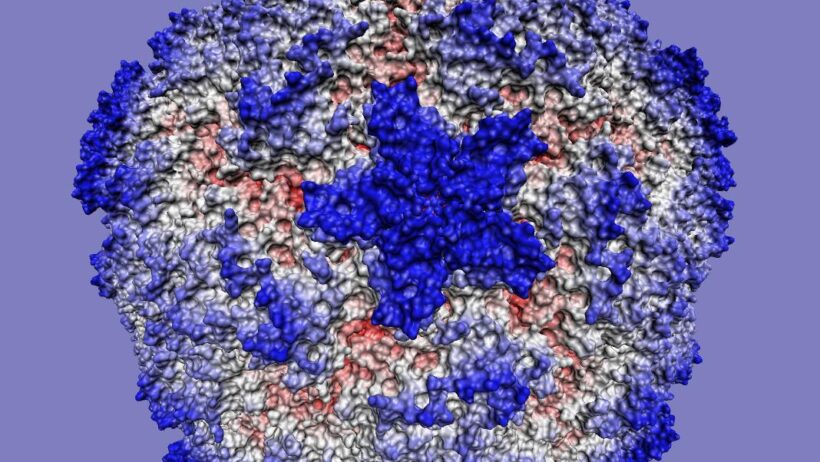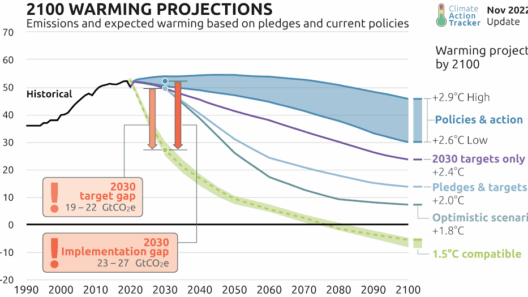The captivating allure of tropical birds is not merely a product of their vivid plumage or melodious calls; rather, it stems from a deeper connection to the ecosystems they inhabit. These avian wonders have evolved to thrive in certain climatic conditions, yet they find themselves at a precipice due to the inexorable forces of global warming. The ongoing changes in climate profoundly affect their habitats, breeding patterns, and overall survival. Understanding the intricate web of these impacts is critical as we strive for conservation and ecological balance.
The intricate relationship between tropical birds and their environment cannot be overstated. Many species rely on specific habitats that are sensitive to temperature shifts, such as tropical rainforests, mangroves, and coral reefs. These ecosystems provide food, nesting sites, and migratory routes that are essential for the survival of avian populations. However, global warming has led to habitat destruction, making these areas increasingly inhospitable to their residents. As temperatures rise, so do the threats of deforestation and land-use change, which exacerbate the plight of many tropical birds.
Ecosystems in tropical regions are exceptionally biodiverse; however, this diversity is now jeopardized. Research indicates that rising temperatures will cause significant shifts in species distributions, with many tropical birds forced to migrate to higher altitudes or latitudes in search of suitable conditions. Unfortunately, not all species can adapt to rapid environmental changes, leading to a significant fragmentation of populations. Habitats that once served as sanctuaries are becoming mere islands, limiting genetic exchange and making it increasingly hard for populations to thrive.
Breeding seasons play an essential role in the survival of tropical birds. Climate change introduces variability in rainfall patterns and temperature, disrupting the delicate timing of seasonal events. For instance, many birds rely on the availability of food sources, such as insects and fruits, which are intrinsically linked to climatic cues. When climate change induces mismatches between breeding phenology and food availability, it can lead to disastrous outcomes, including reduced reproductive success and higher chick mortality rates.
Furthermore, extreme weather events, intensified by global warming, pose dire threats to tropical bird populations. Hurricanes, droughts, and floods have increased in frequency and severity, often decimating large swathes of avian habitats. These drastic events not only destroy nests and young birds but also disrupt established breeding grounds. In many instances, species that have not evolved to withstand these drastic changes may face extinction, further diminishing biodiversity.
Migration, a trait exhibited by many tropical bird species, is similarly impacted by climate change. Some birds undertake long migratory journeys across vast distances, navigating complex routes that have been honed over millennia. However, shifting climate patterns can lead to the alteration of migratory pathways, creating a cascade of complications. Birds may arrive at their destinations too early or too late, arriving in a climate that is no longer conducive to their survival needs. Such changes can result in decreased survival rates and stress on already vulnerable populations.
The interconnectedness of ecosystems amplifies the challenges facing tropical birds. Many species are not only threatened by temperature changes but also by the knock-on effects of habitat loss due to agricultural expansion, urban development, and forestry practices. The degradation of these ecosystems can have cascading effects on the intricate food webs and natural balances that sustain avian life. Disruption of one component invariably impacts the others, creating a cycle of decline that is difficult to reverse.
Addressing the issues stemming from global warming requires a multifaceted approach. Effective conservation strategies must prioritize the preservation of critical habitats. Establishing protected areas and corridors can help provide refuge for species at risk while allowing for necessary migration routes. Additionally, employing restoration initiatives in degraded ecosystems can play a pivotal role in mitigating some of the challenges that tropical birds face.
Public awareness and education are equally vital in this endeavor. The beauty and diversity of tropical birds capture the imagination, and harnessing this fascination can mobilize support for conservation efforts. Engaging communities through citizen science initiatives helps foster a deeper appreciation for local avifauna and the need for their protection. Collaboration with local populations is essential, as indigenous knowledge can inform sustainable practices that benefit both local communities and biodiversity.
Policy changes at national and international levels are critical in addressing climate change and safeguarding biodiversity. Advocating for regulations to reduce greenhouse gas emissions, promote sustainable land use, and support renewable energy initiatives are steps in the right direction. Governments and organizations must work in concert to create a unified front against the impacts of climate change.
Ultimately, the panel of threats posed by global warming to tropical birds highlights the urgent need for action. Their plight is emblematic of the broader ecological challenges we face as a planet. Safeguarding these avian populations not only ensures the preservation of their beauty but also contributes to the resilience of entire ecosystems. By taking proactive measures, we can work toward a future where tropical birds flourish amidst a changing climate, free from the brink of extinction, and continue to inspire generations to come.








